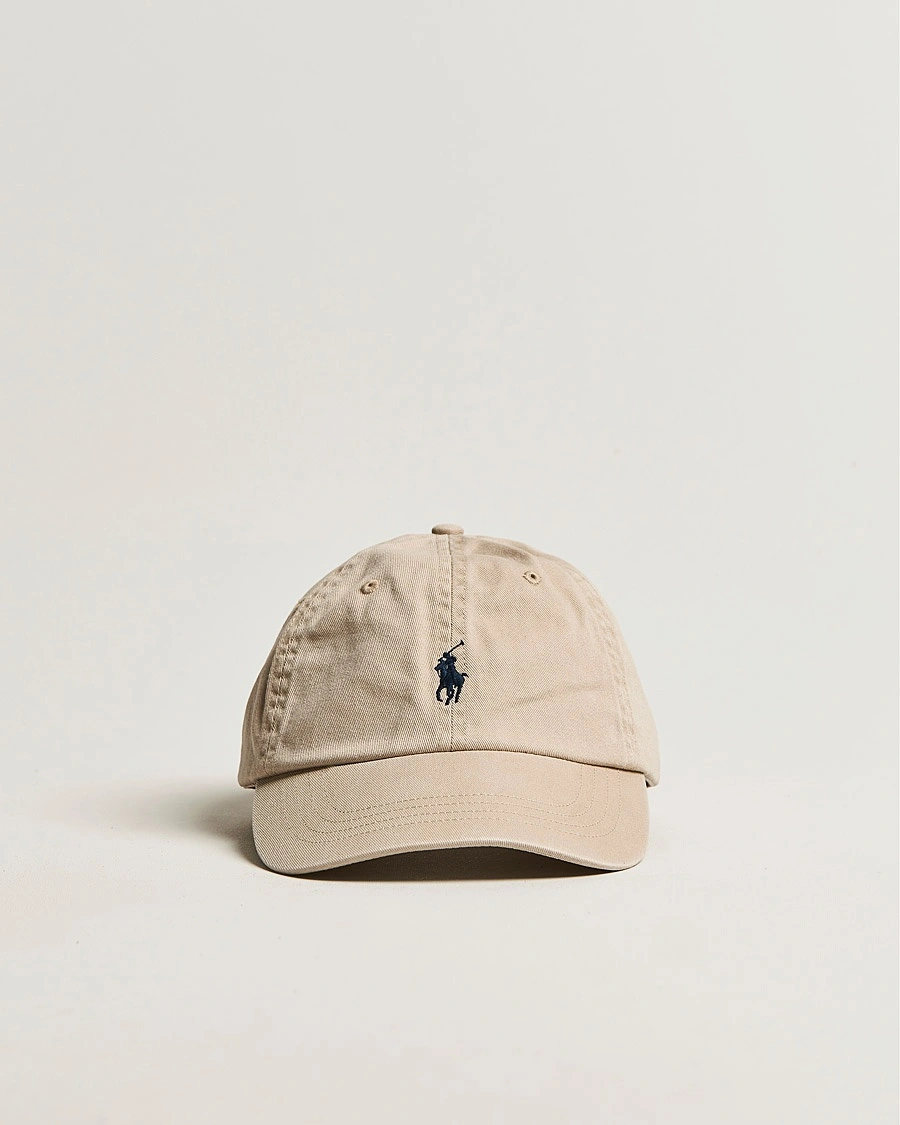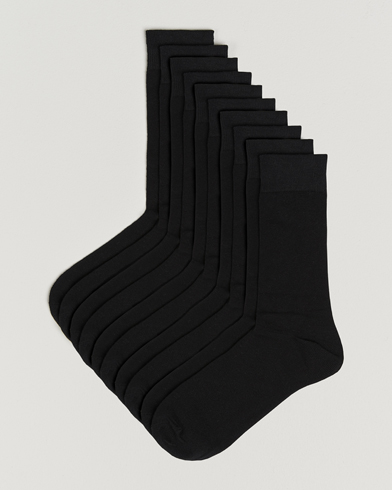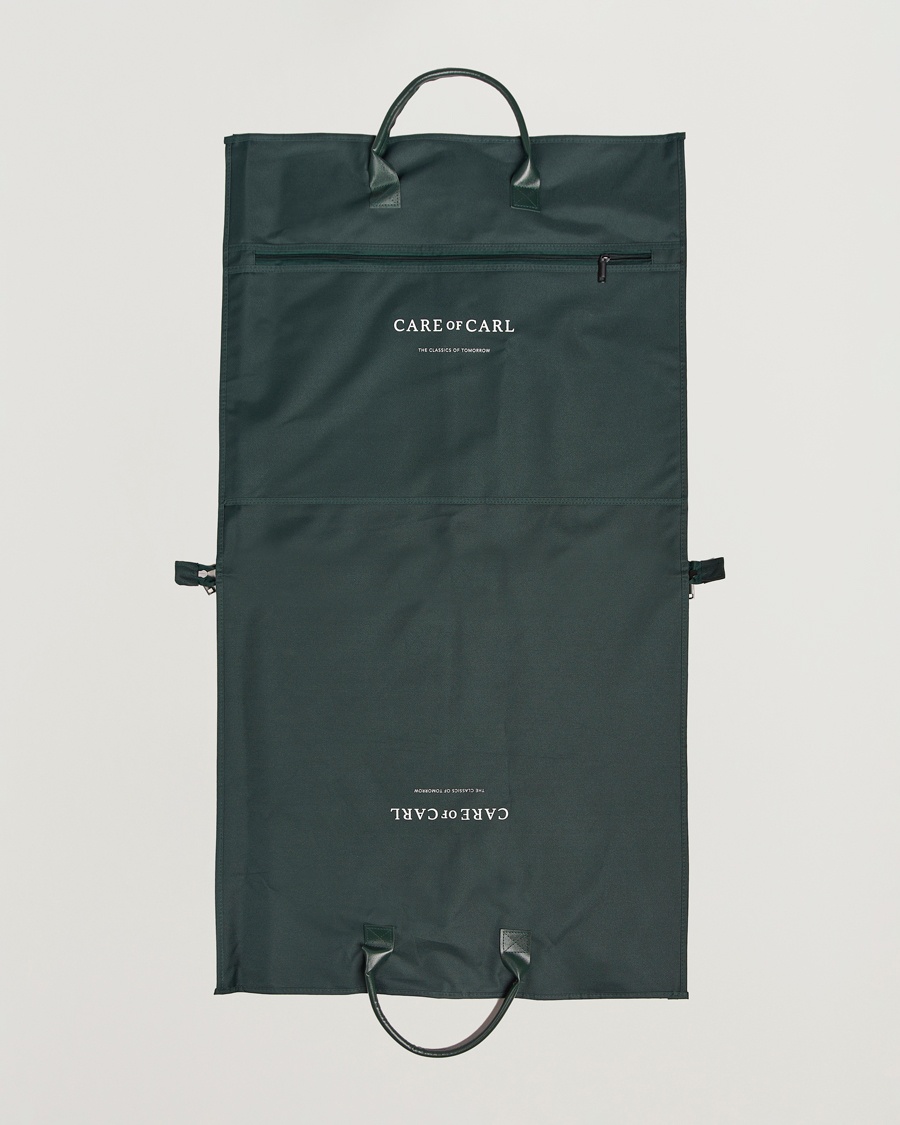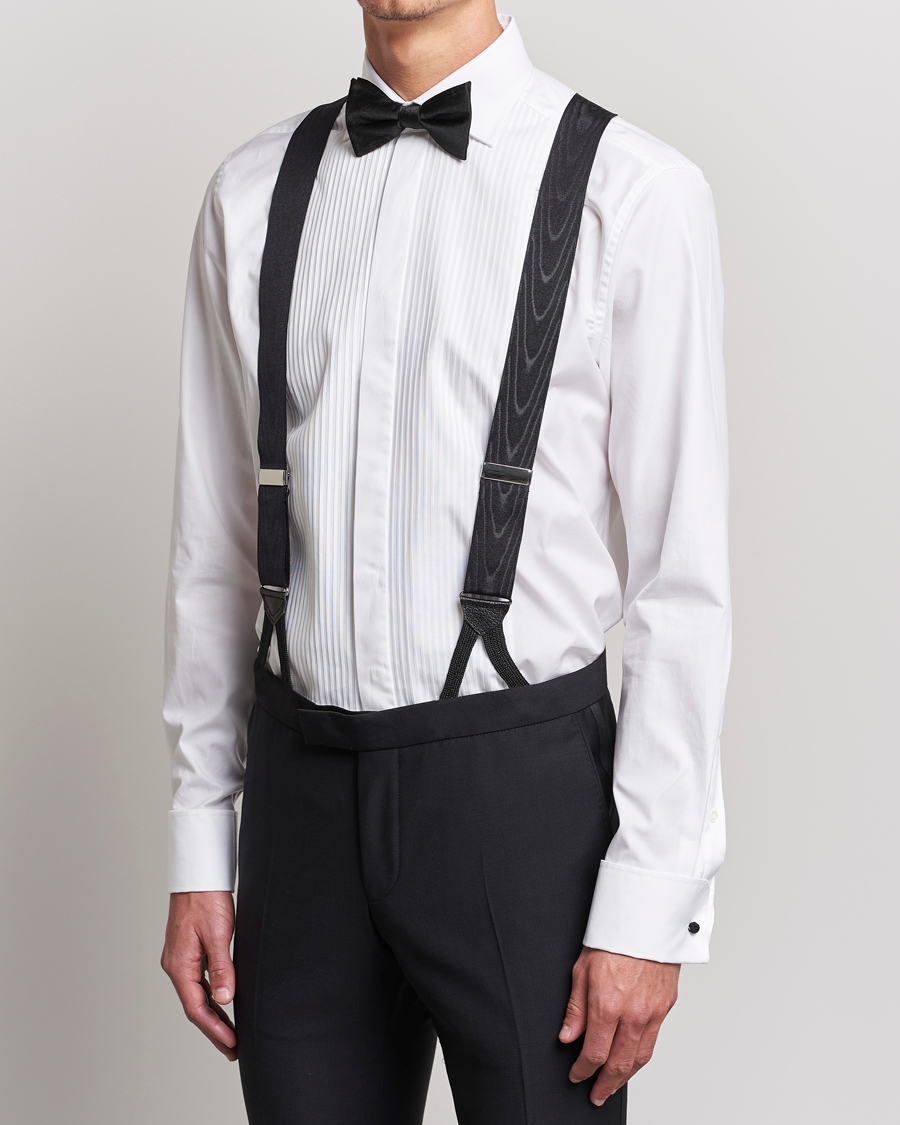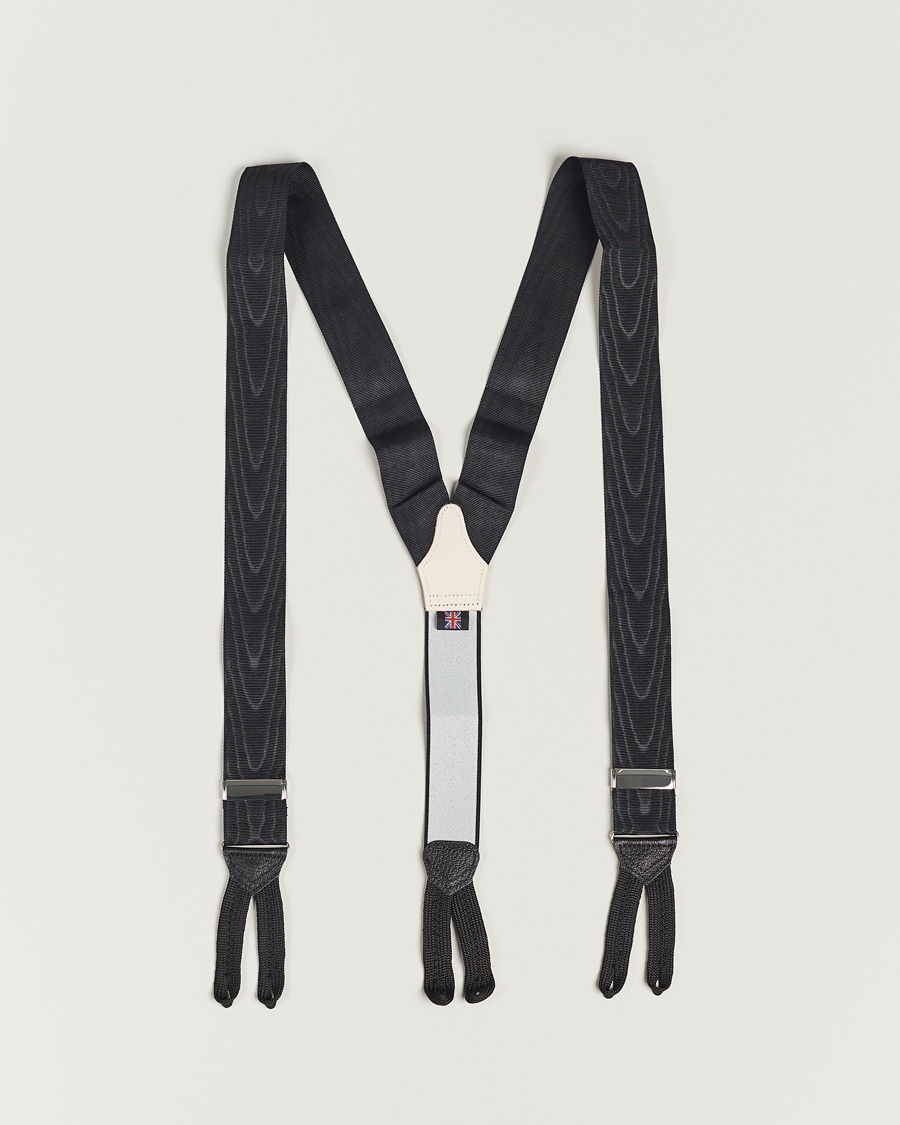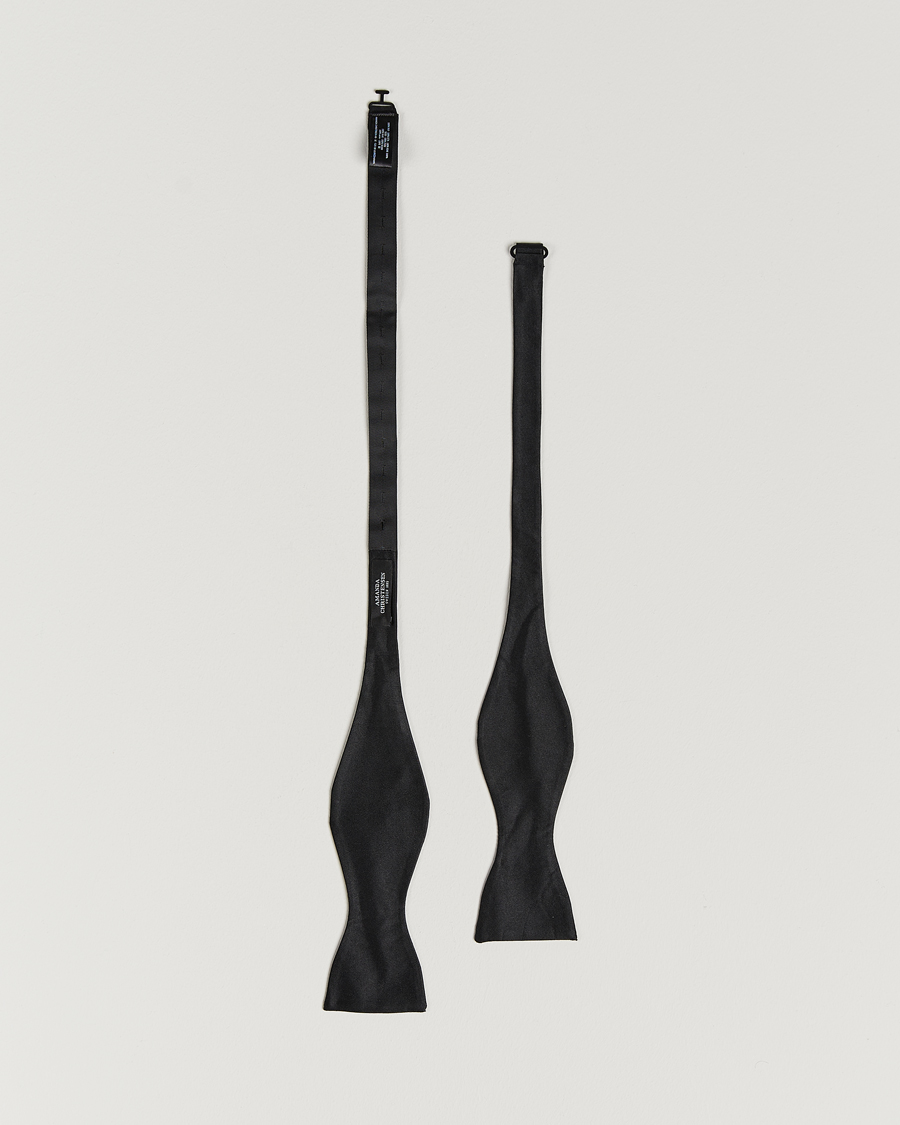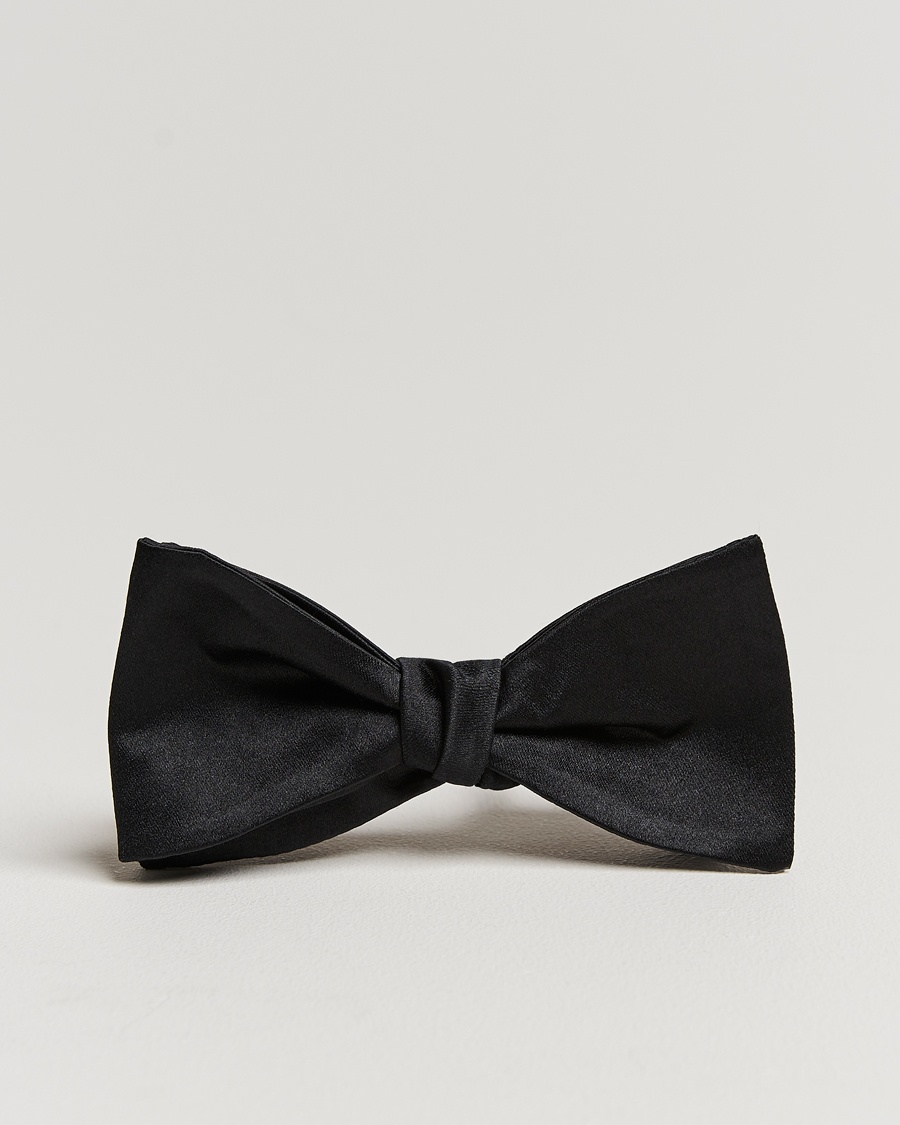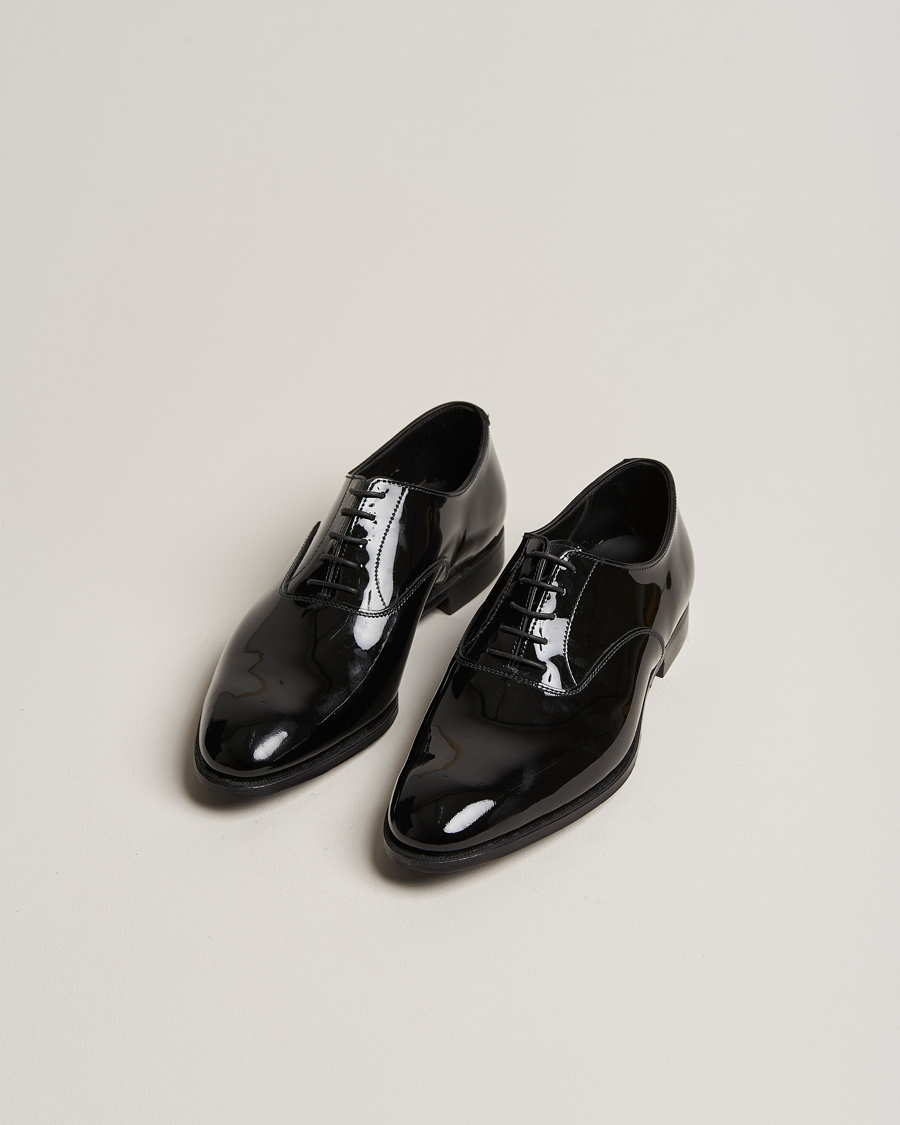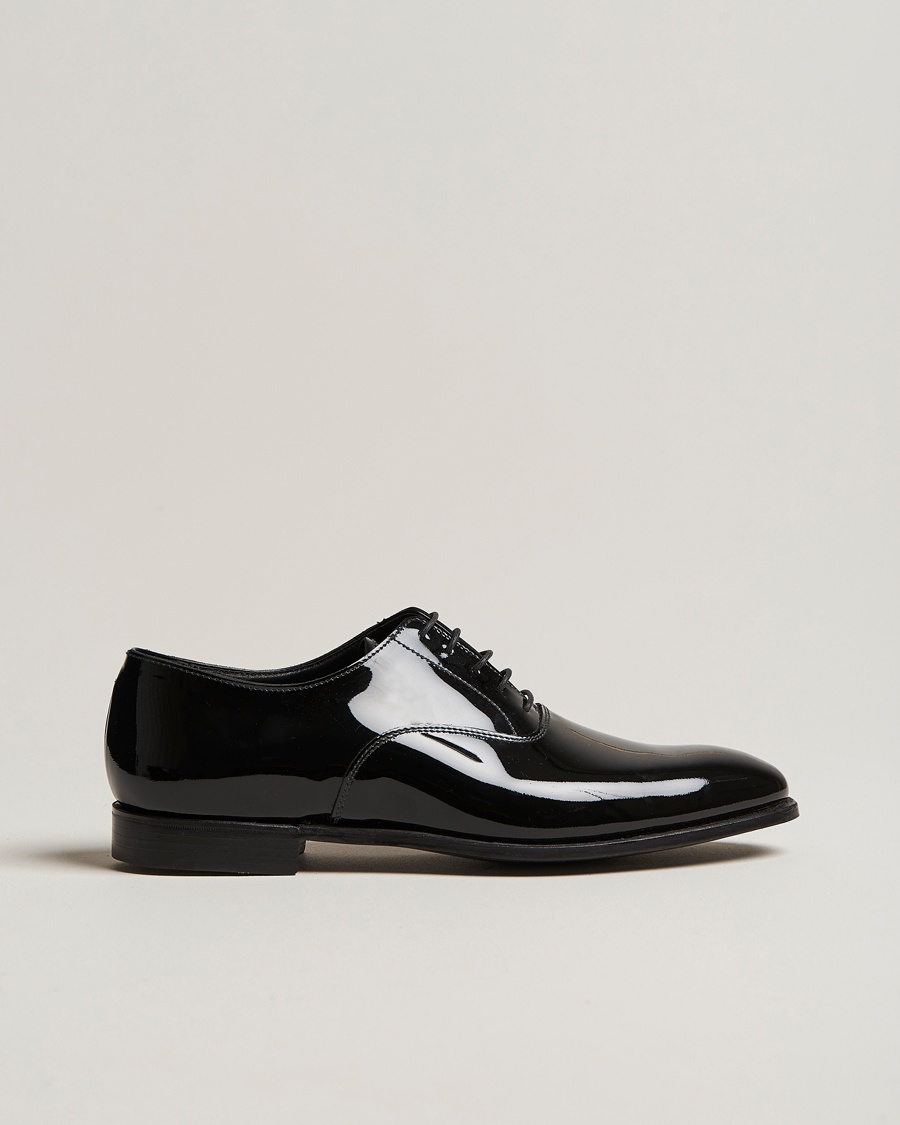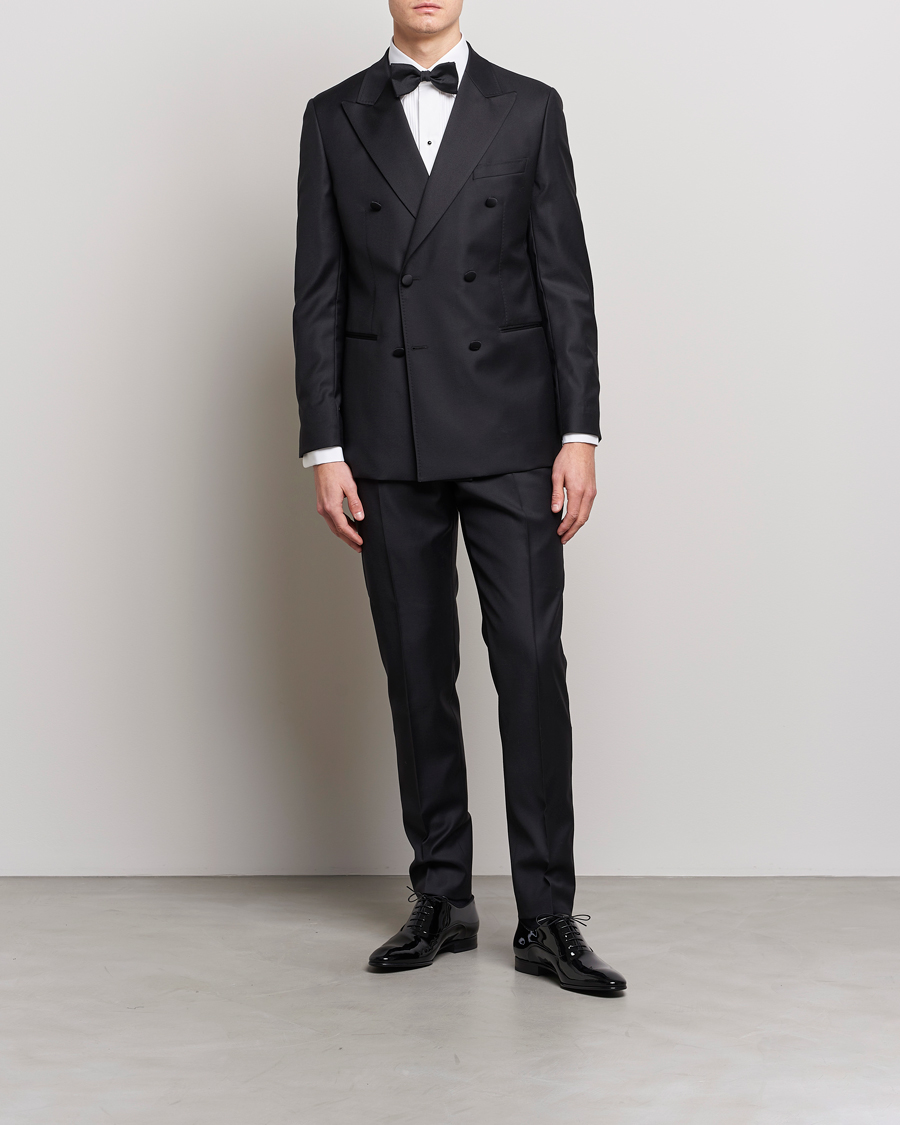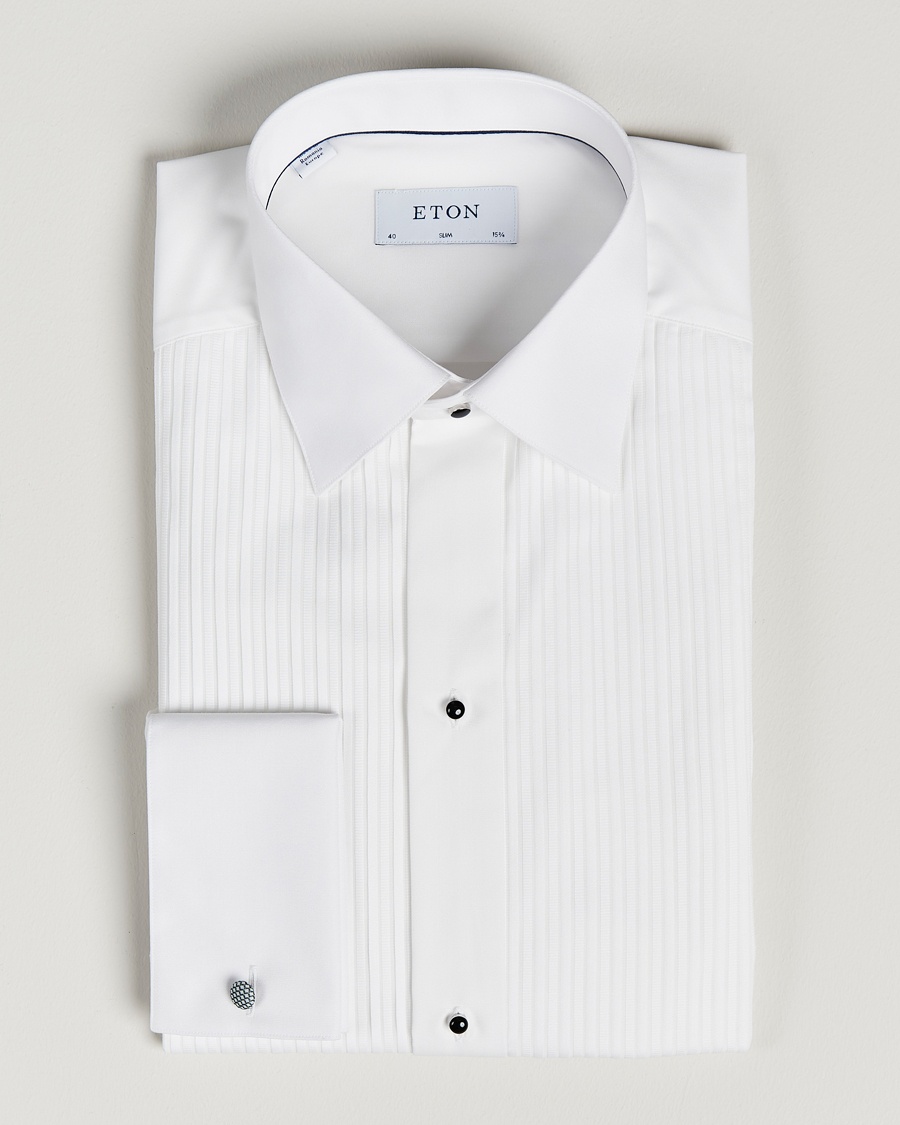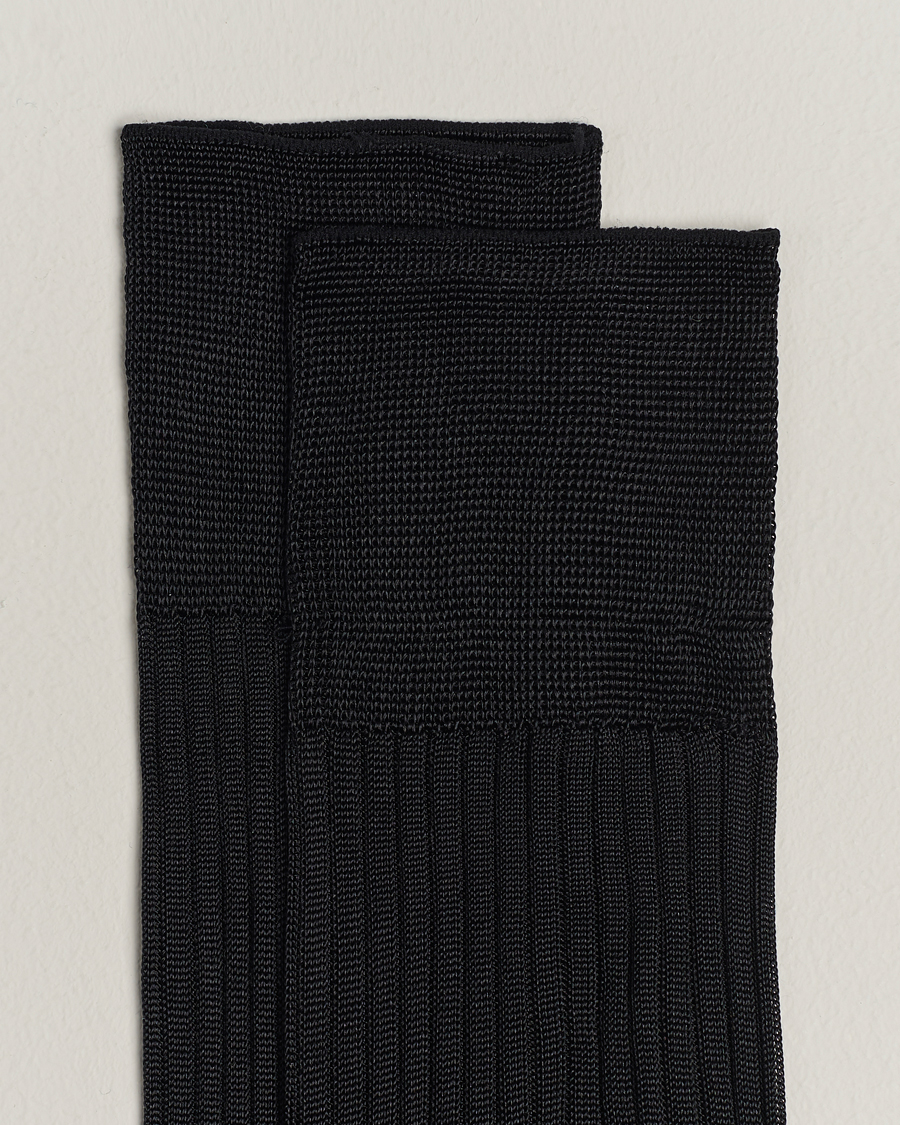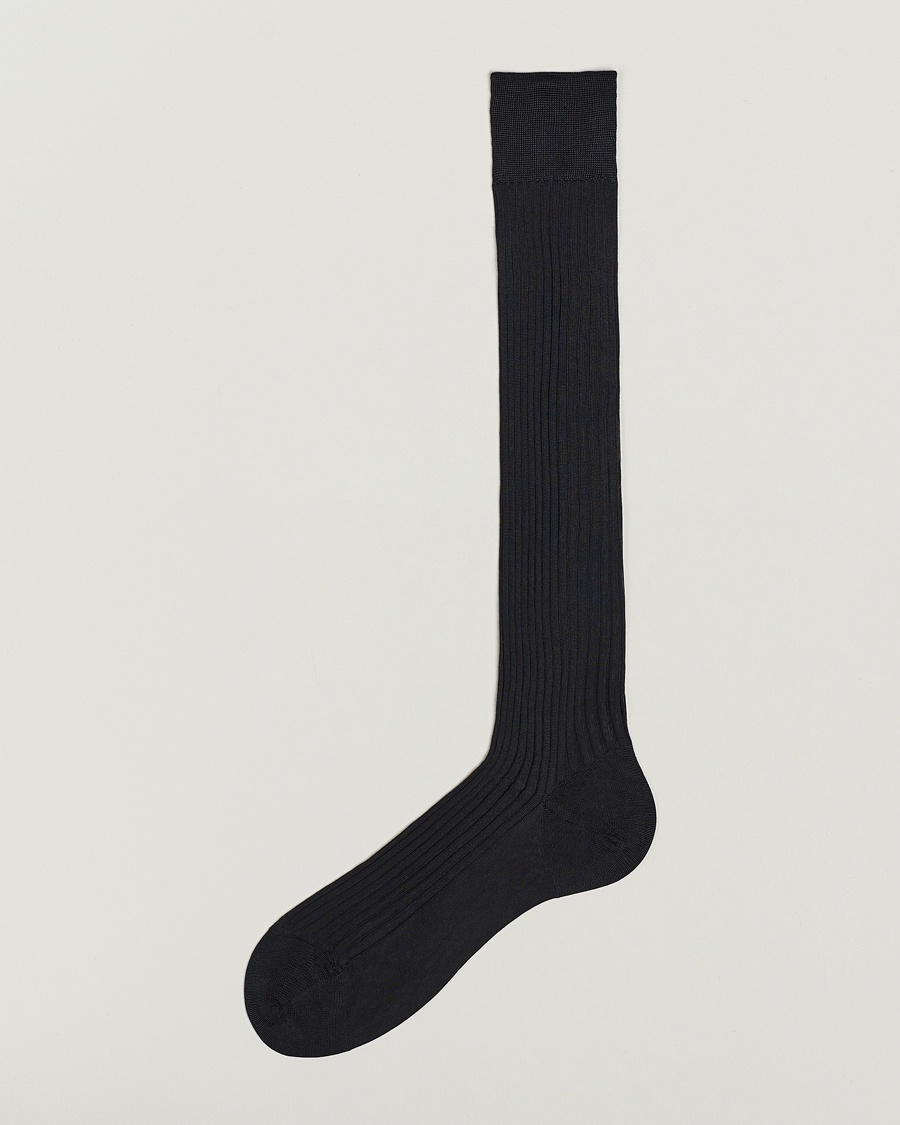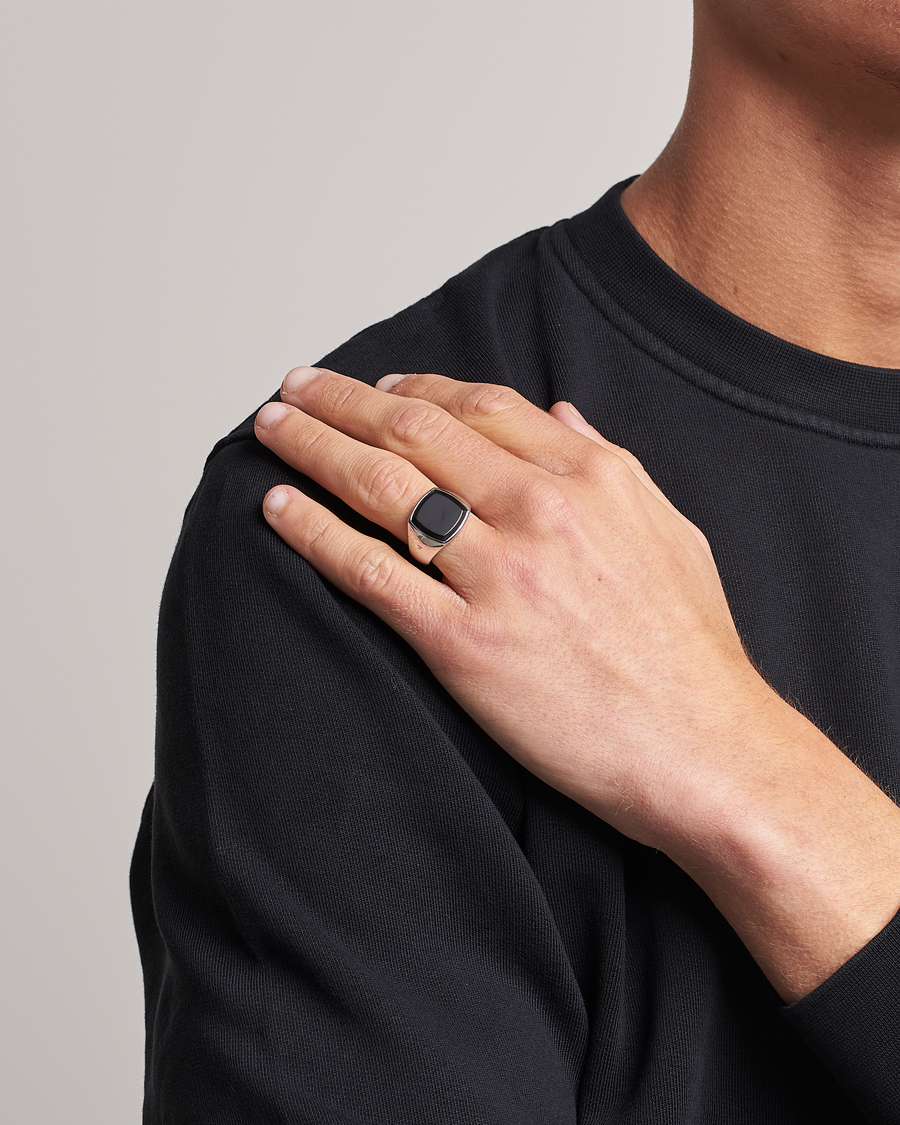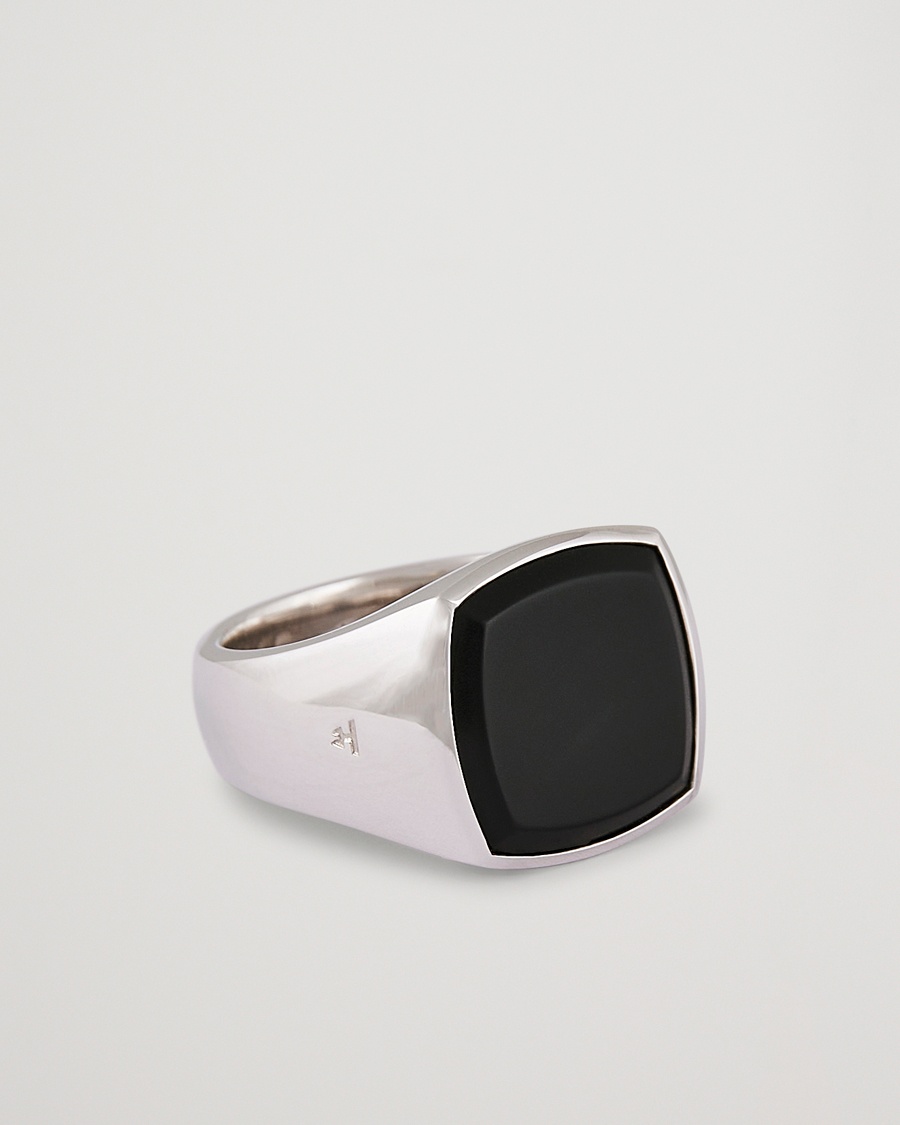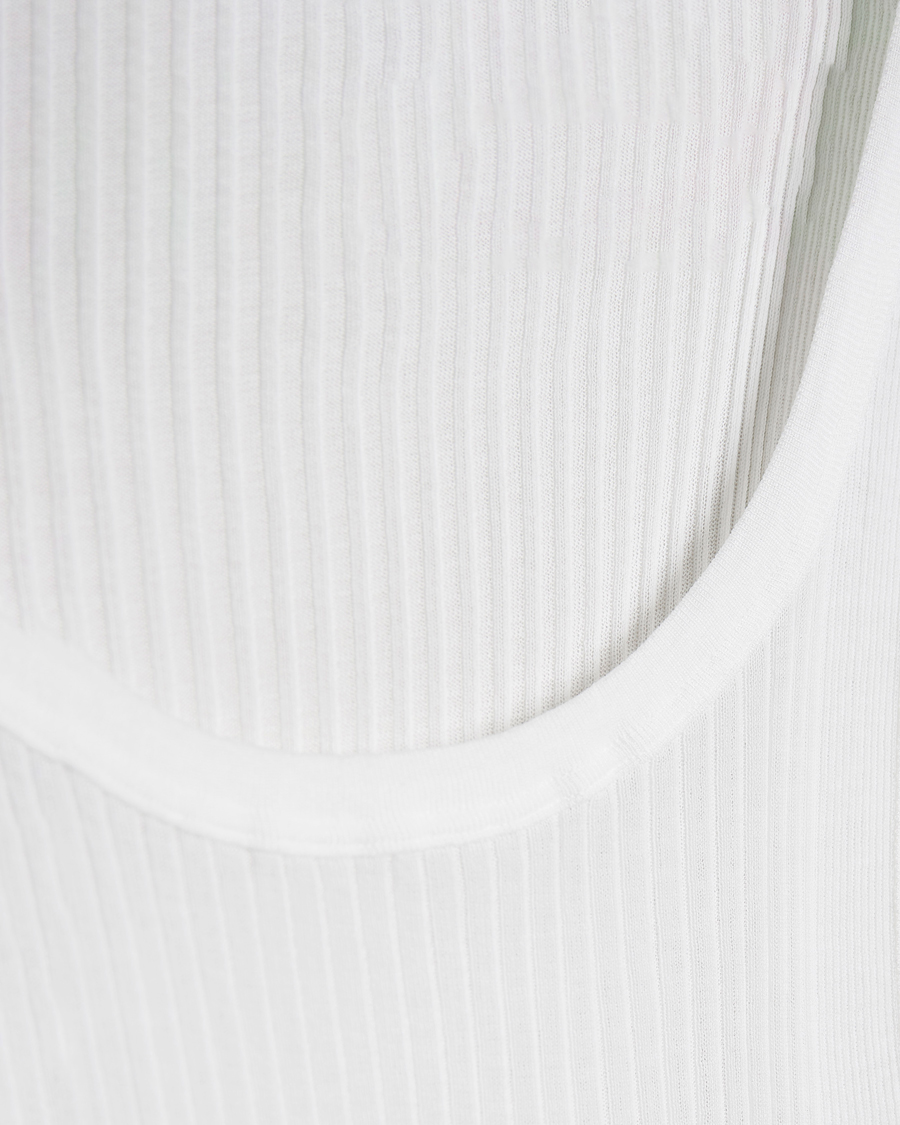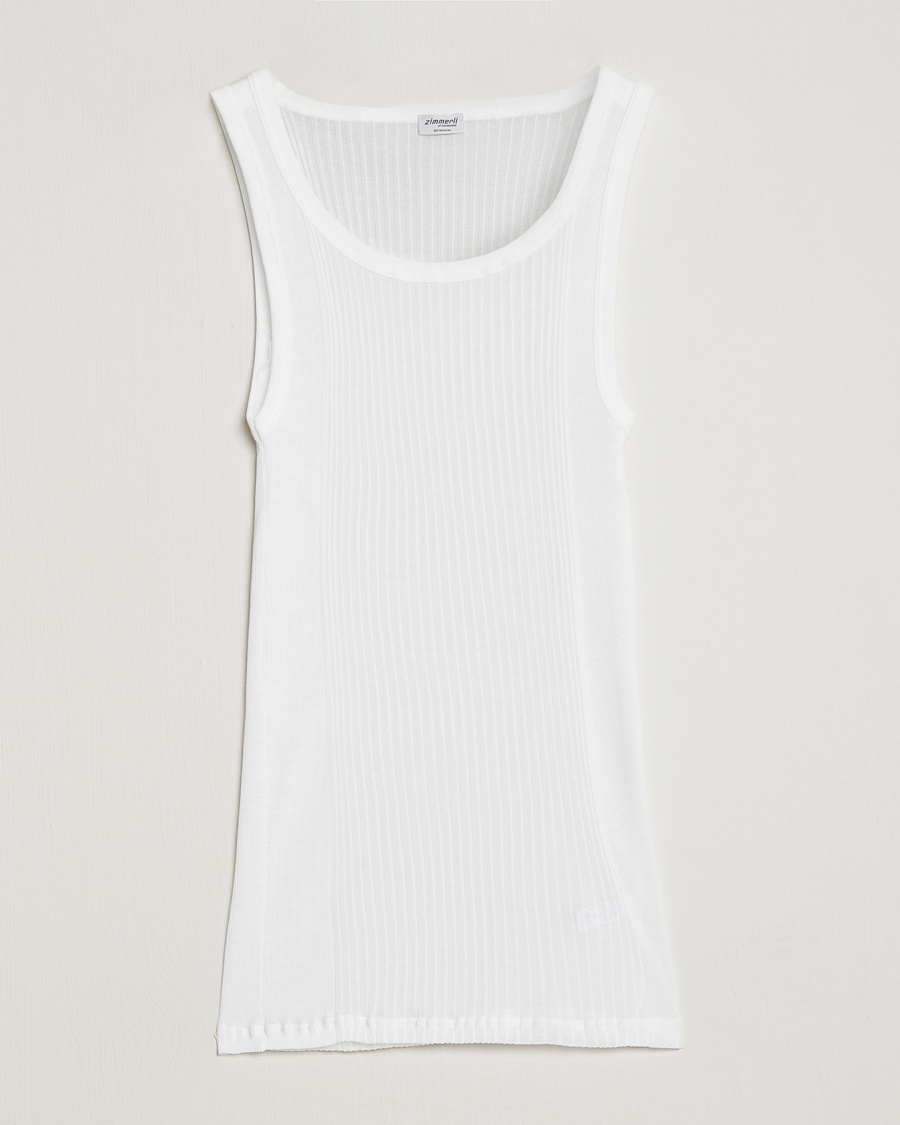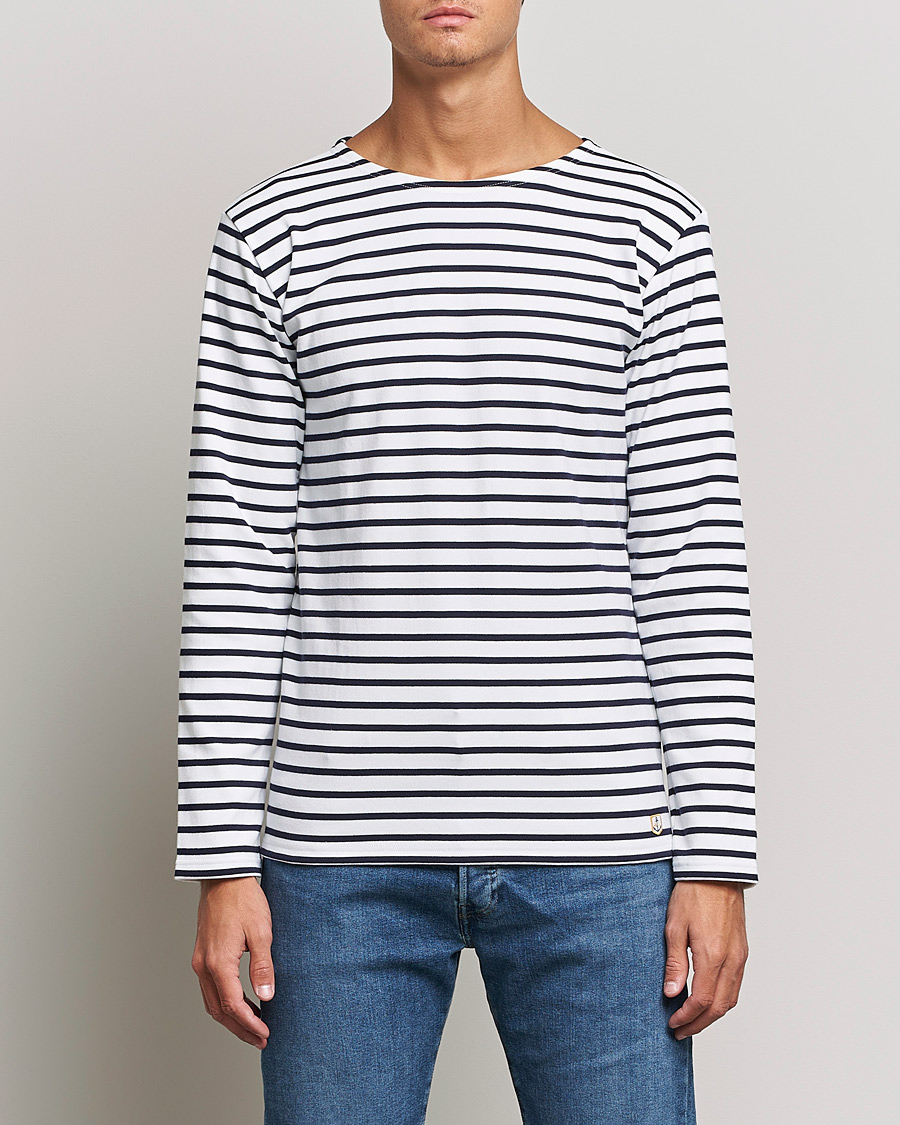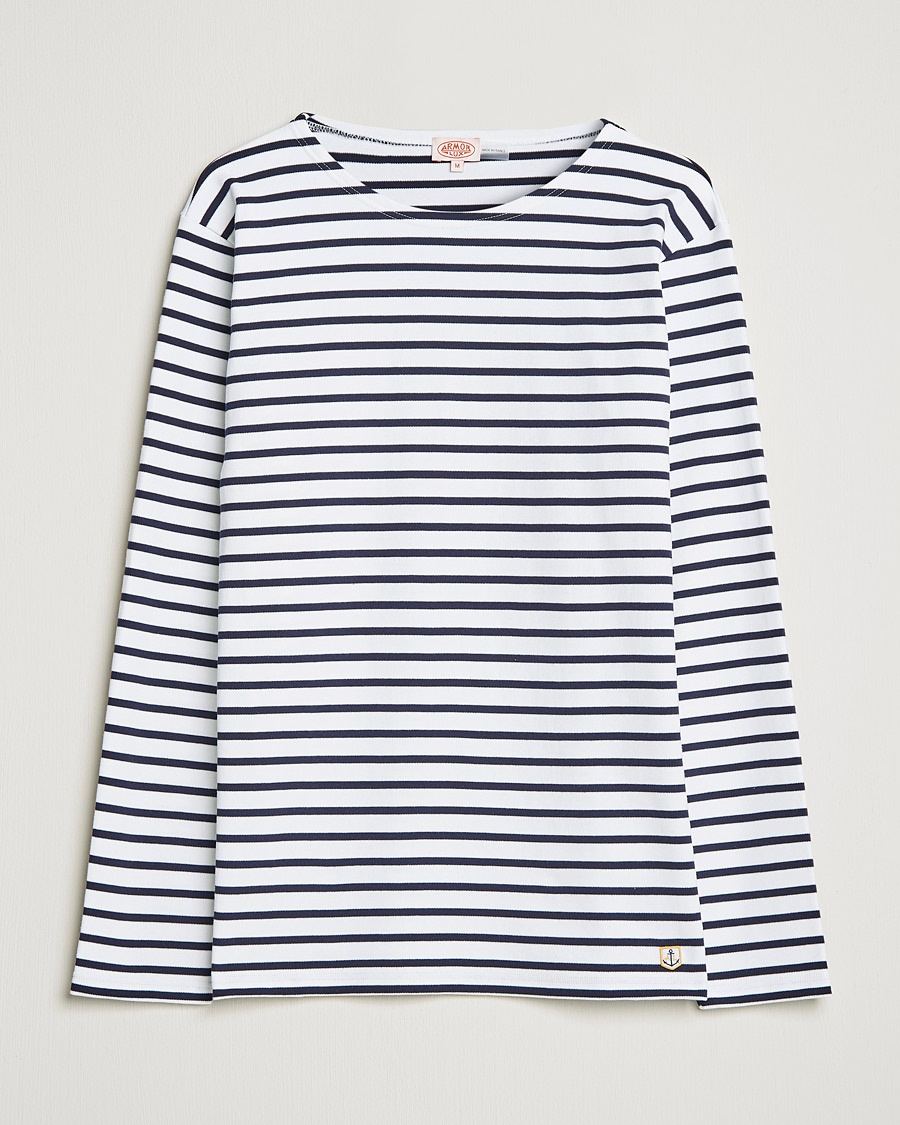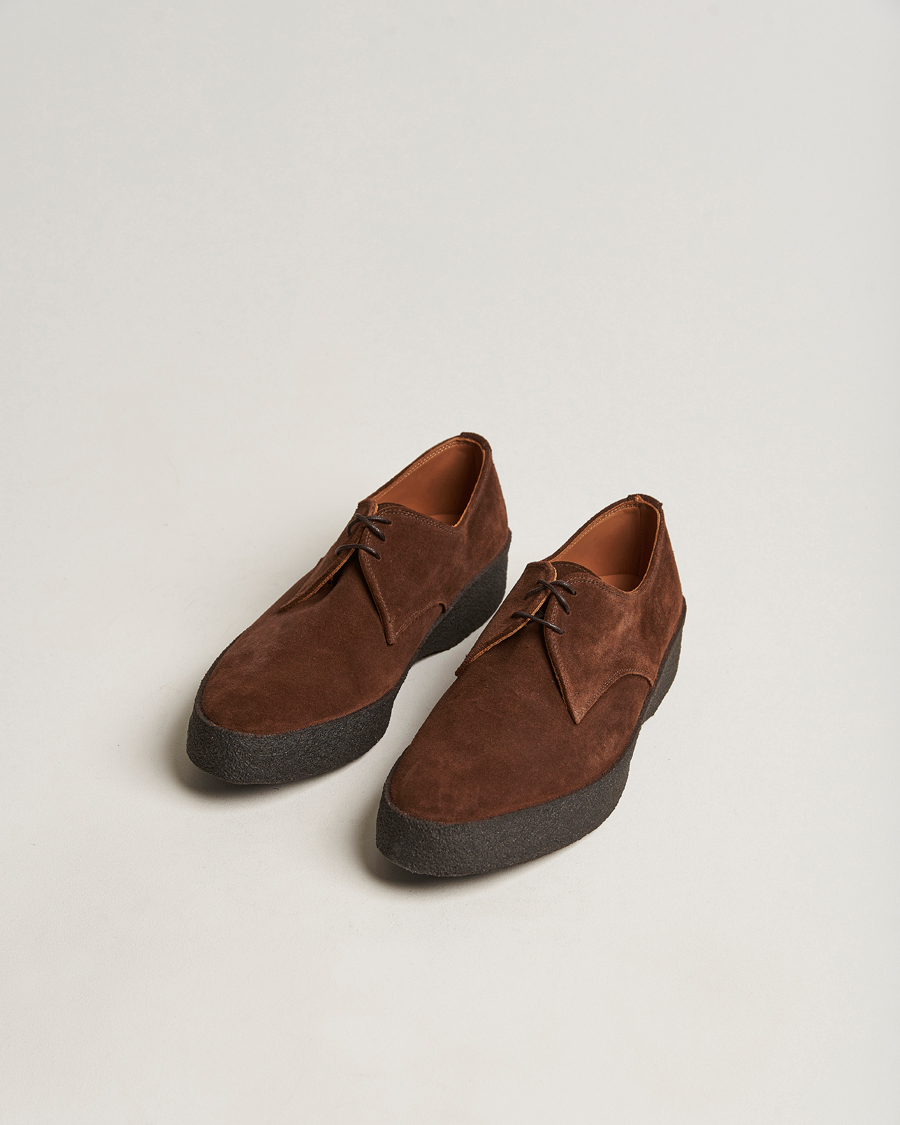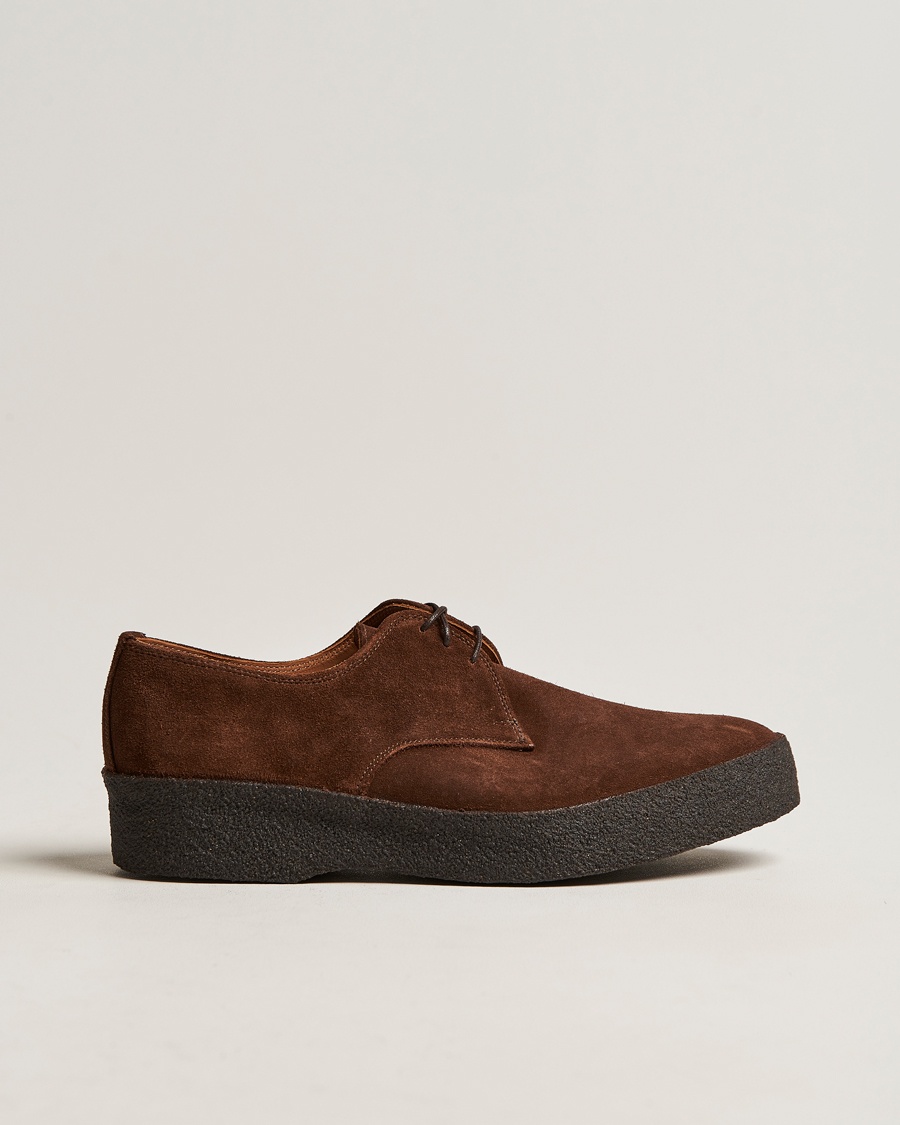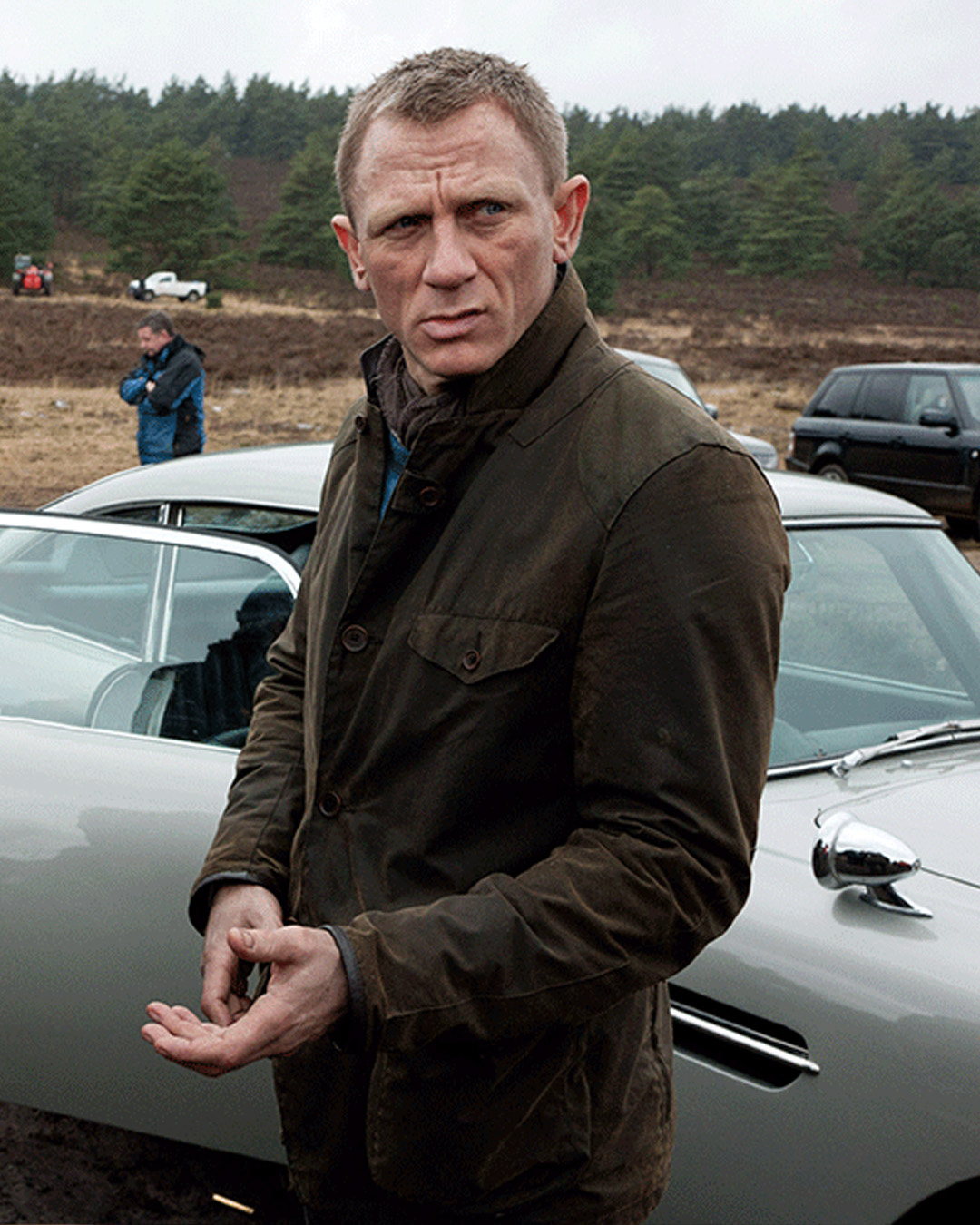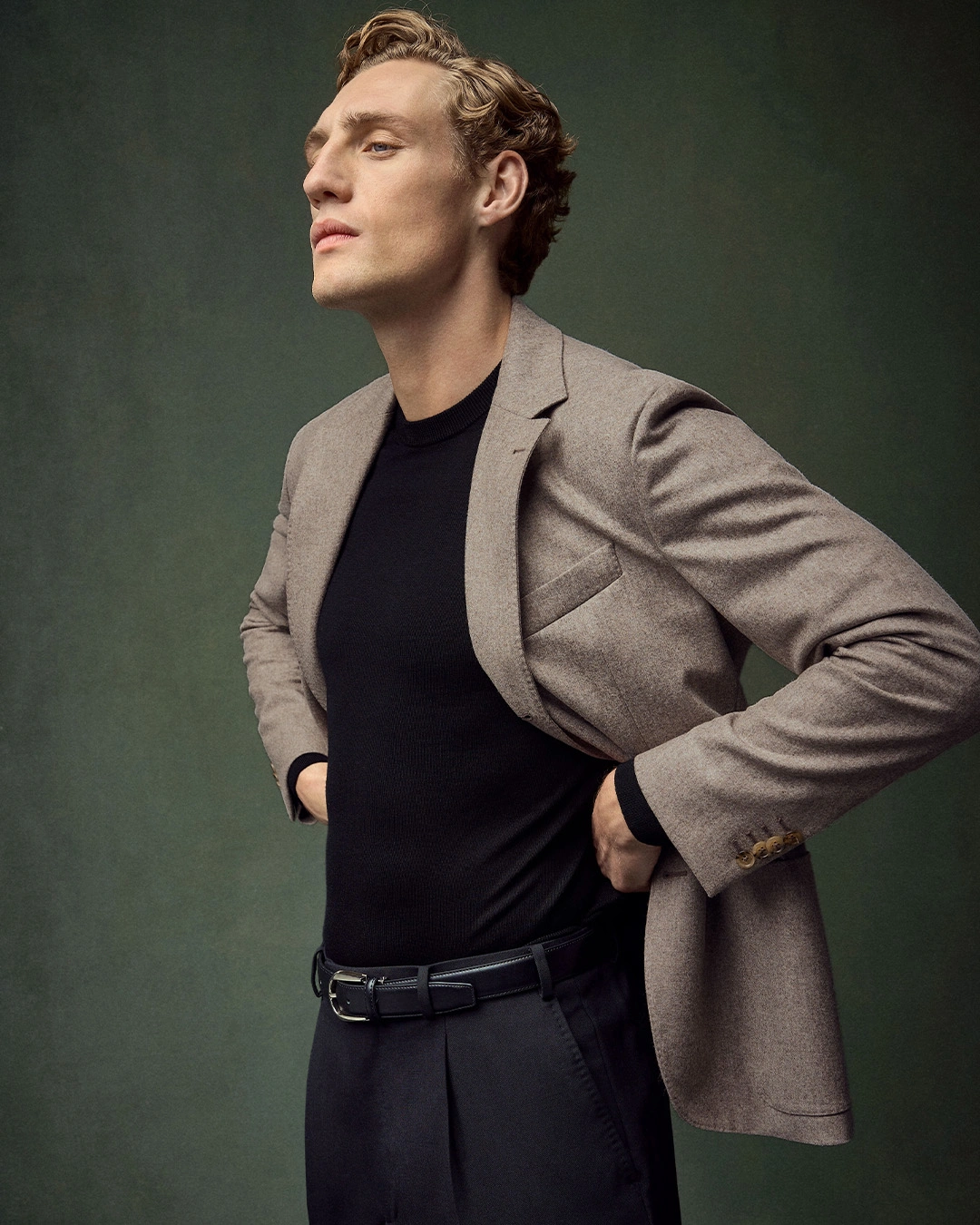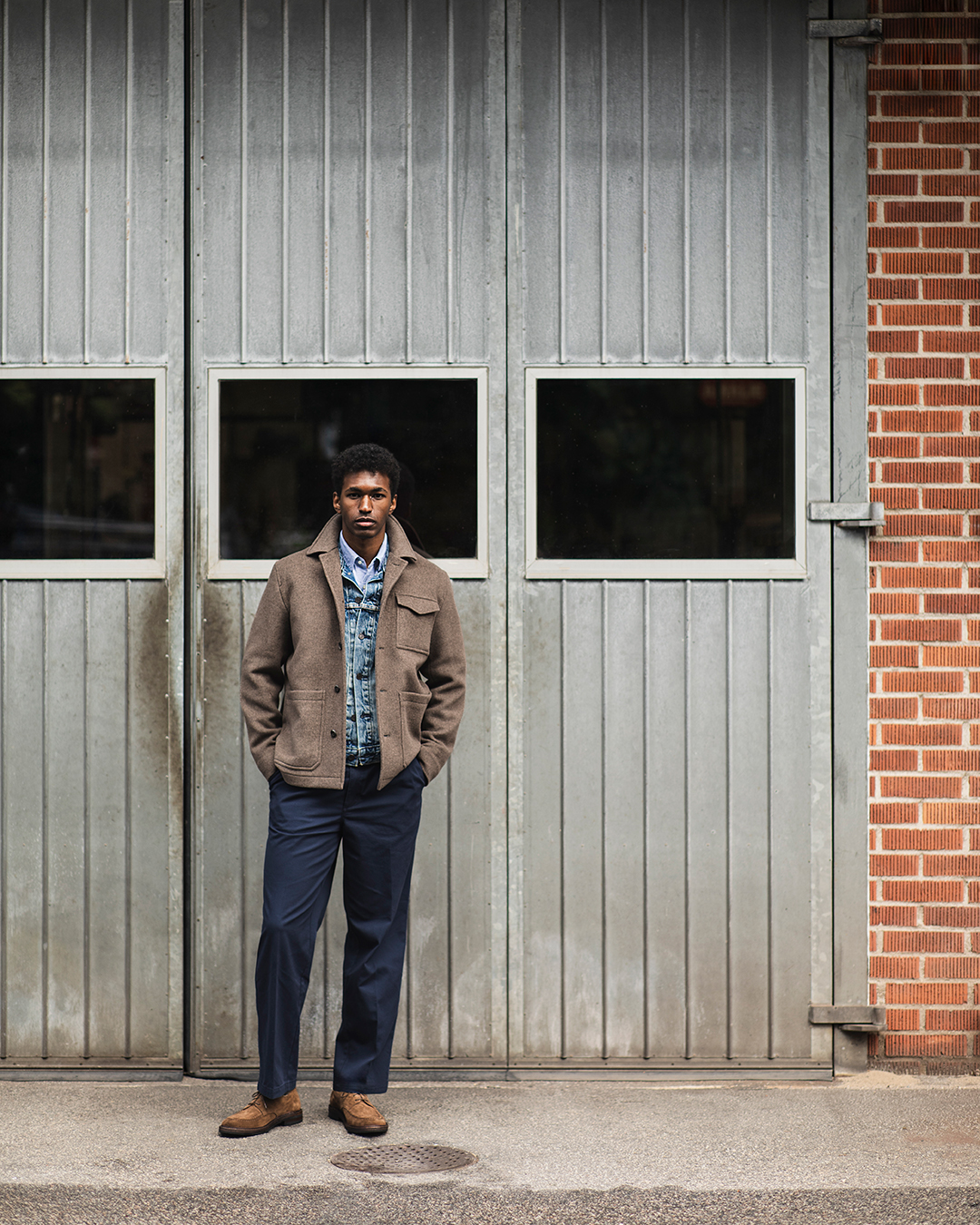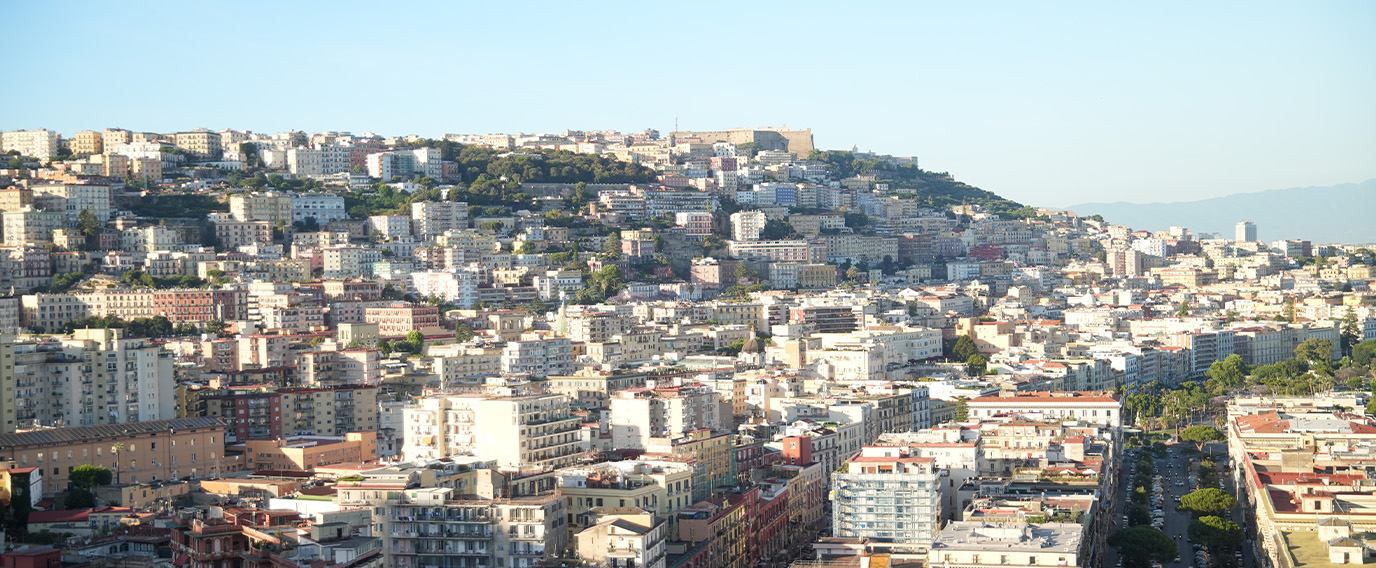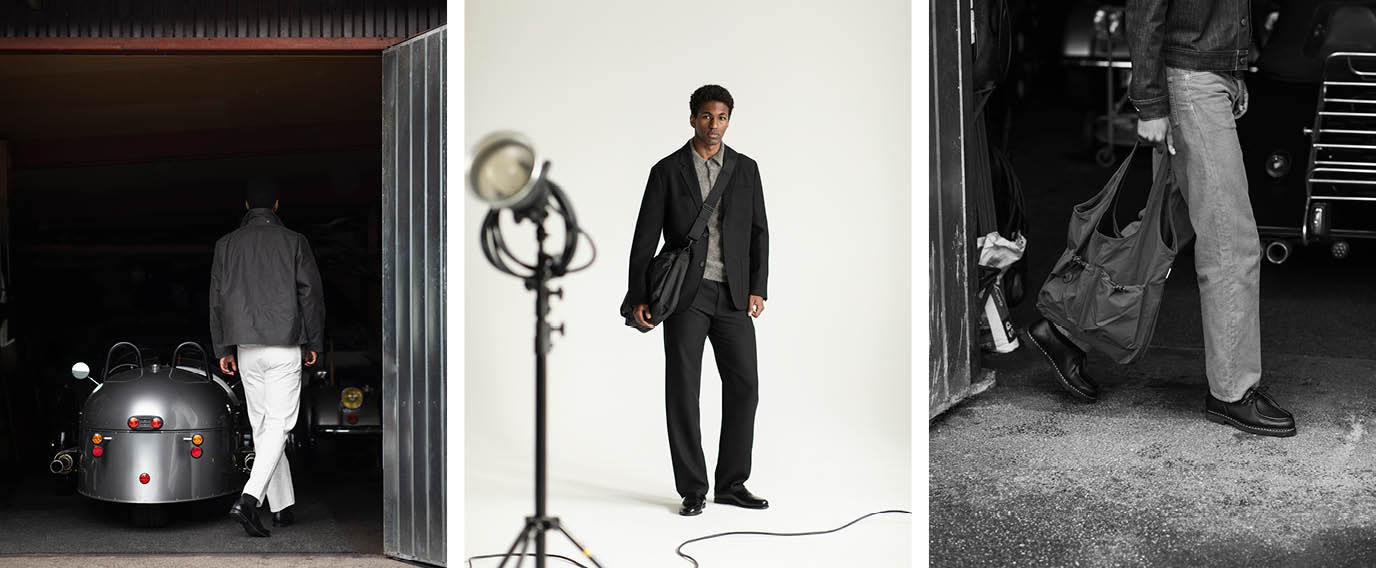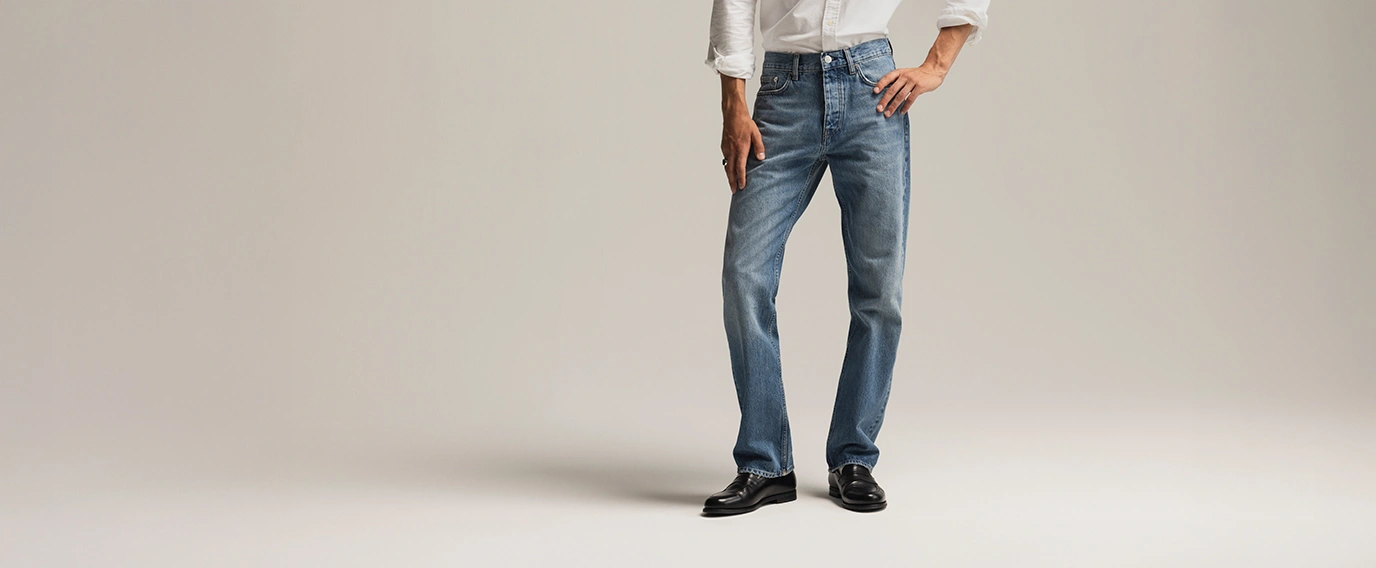Three legendary clubs that live in the memory
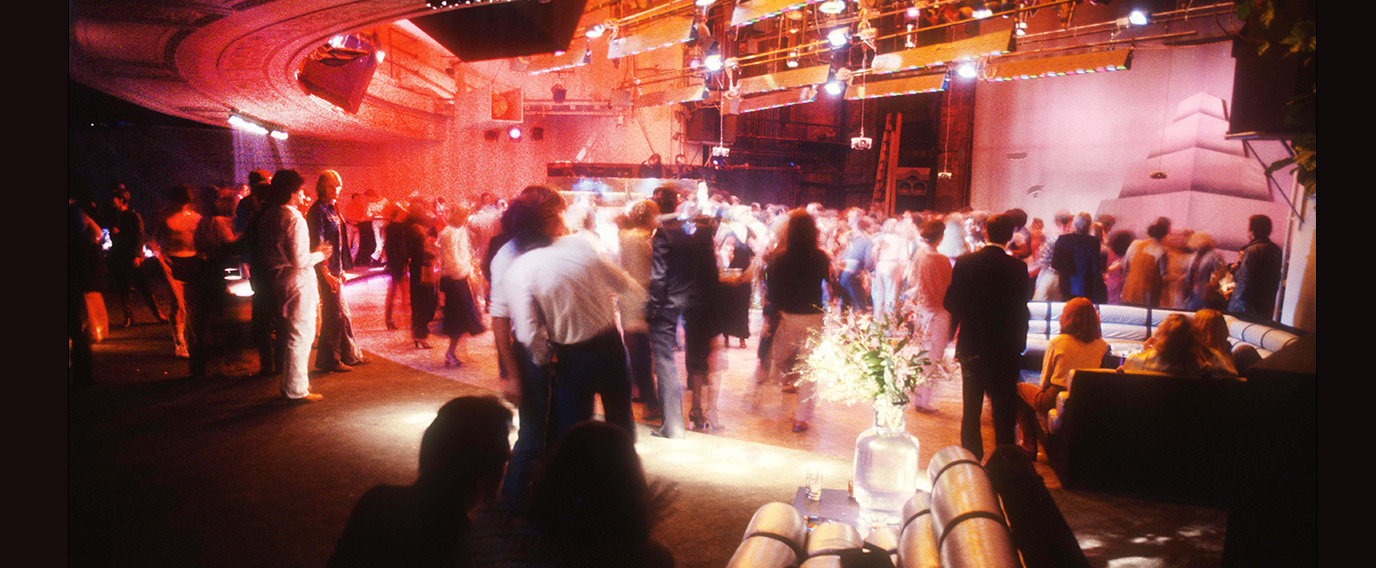
The Troc
The legendary Café Trocadero, “The Troc”, at 8610 Sunset Boulevard, Los Angeles was founded in the already legendary premises that was Prohibition Era Los Angeles' place to be - the drag club "La Boheme". The predecessor promptly closed after a shooting during the troublesome Prohibition Era. When Prohibition lifted, Billy Wilkerson, owner of the Hollywood Reporter used the old premises to store wine and spirits. The L.A. of the time lacked a place for celebrities to socialise undisturbed, and dated legislation prohibiting dancing in downtown Los Angeles on Saturdays, the ingenious Wilkerson found a gap in the market.
Controlling entry with guards, as well as barricading the pavement outside with red velvet ropes; he created a premium feeling that attracted film company owners as well as actors and famous musicians. Judie Garland, Nat King Cole, Rita Hayworth and the paparazzi of the time, together with high stakes gambling, created an atmosphere that has left a permanent historical footprint. With a gold and cream inspired French interior, hand in hand with the Black Tie dress code kept the style level high. Wilkerson was in principle the man who essentially gave birth to the idea of that is known today as Las Vegas. At the time, Black Tie was worn according to the rules of the art, cementing what would forever be one of the most stylish outfits one can wear. Flamboyant, decadent and proper with the perfect fit and atmosphere of partying like there is no tomorrow.
Studio 54
The Studio 54 disco club on 254 West 54th Street in Manhattan, New York was originally built to house The New Yorker Theatre. CBS subsequently had recording studios on the premises for a number of well-known TV series for many years. When CBS sold the premises in 1977 to nightclub owners Steve Rubell and Ian Schrager, which ushered in an era that created nightclub history. The opening night attracted over 5000 specially invited New York’s musicians, models, artists, actors, billionaires and of course the LGBTQ+ crowd. The likes of Andy Warhol hung out with the Velvet Underground, Calvin Klein and Liz Taylor. Halston danced with his Victor Hugo as well as Cher, Liza Minelli, Diana Ross, Sylvester Stallone and Mick Jagger.
Ordinary mortals, charming enough to catch bouncer Marc Benecke's attention, met inside the doors of what eventually was dubbed The Modern Day Gomorrah or "an adult amusement park". There were few things that did not happen in the glow of the disco ball's flashes. In 1978, Rubell stated that the club had earned $7,000,000 in the first year, and that only the mafia earnt more. A sleazy digression that, with a thorn in the side of the police, the government and the mafia, soon led to a massive IRS raid and the beginning of the club's inevitable demise. During the raid, they found sacks of cash and drugs.
Embrace the feel and style of Studio 54 by the clothes below, growing a bushy moustache and checking out this playlist.
The Haçienda
Fac 51 Haçienda, or shortened The Haçienda, was founded by the band New Order and their manager Rob Gretton in Manchester. The club, financed by the proceeds from New Order’s success, had close connections to the legendary record label Factory Records, signing among others Happy Mondays, OMD and James. The club was key in the birth of rave culture, with coined terms such as Madchester and Gaychester. The former was an alternative music style from Manchester, a mix of indie pop, psychedelic music and dance/acid house. The term Gaychester was coined from the monthly gay club evening "Flesh night" which itself was ground breaking.
People travelled from throughout the UK to go to The Haçienda. The interior designed by Ben Kelly, reused raw elements such as beams, concrete and yellow-black warning lines, in symphony with the city's history as a hub of the UK’s industrial history. The premises became a portal between the industrial past to the musical and cultural explosion. However, financial difficulties plagued the club, stemming from the bar's low alcohol prices. When prices were adjusted to counteract the crisis, the majority of the partygoers had switched to ecstasy, whereupon the downturn continued.
The Haçienda closed their doors in 1997. Stylistically, the British alternative late eighties-early nineties was partly reminiscent of the seventies. Common styles included oversized vests worn over patterned shirts and T-shirts, loose and high waist trousers, vintage jackets and bomber jackets as well as Harrington jackets and bucket hats. Further including stripy T-shirts, short-sleeved shirts with epaulettes and classic Adidas sneakers such as Sambas, Gazelles or moc-toe shoes like Clark's Wallabees.
Experience the crowd at the club and feel the pulse of the dance floor through this playlist. A vibe that among football-mad Mancunians was described as "The rush when your teams scores a goal - for six hours".








